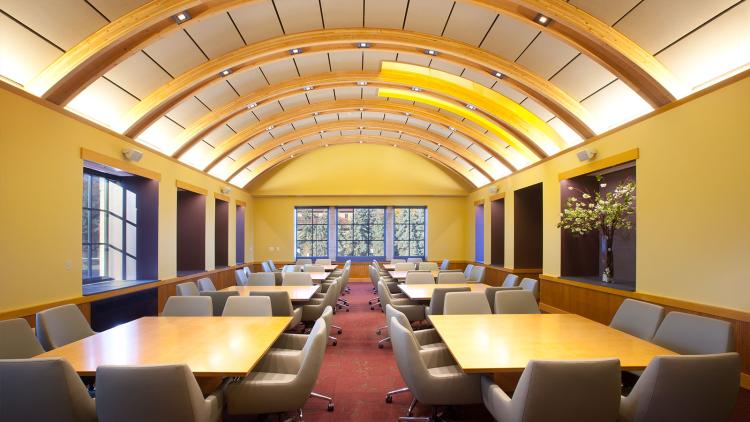In syntactic theory, syntactic heads are the major mediators between syntax and semantics: the problem of describing the meaning of a complex expression is reduced to the problem of describing what classes of expressions the syntactic head can or must combine with (Zwicky 1995). In construction-based grammars, it is constructions (templates for word combination) rather than syntactic heads, that determine the possible combinations of expressions in a grammar (Croft 1996). All constructions, whether they license phrases, lexemes, complex words or multi-word expressions, select for specific classes of expressions--the allowable daughters of the construction. This means that within a phrasal unit either daughter may be a selector, whether or not it is a syntactic head. Therefore we need not, for example, regard a determiner as a syntactic head merely because it is a semantic selector--the nominal sister and determiner sister select one another (van Eynde 2006). In this workshop, we will explore semantic, syntactic and discourse-pragmatic consequences of constructional selectivity at the level of word formation and phrase formation, and ask how appropriately to represent that selectivity, as well as the semantic resolution procedures known as coercion effects (Jackendoff 1997, Michaelis 2004). Emphasis will be on corpus and other data-intensive methods of examining the combinatoric potentials of grammatical forms.

